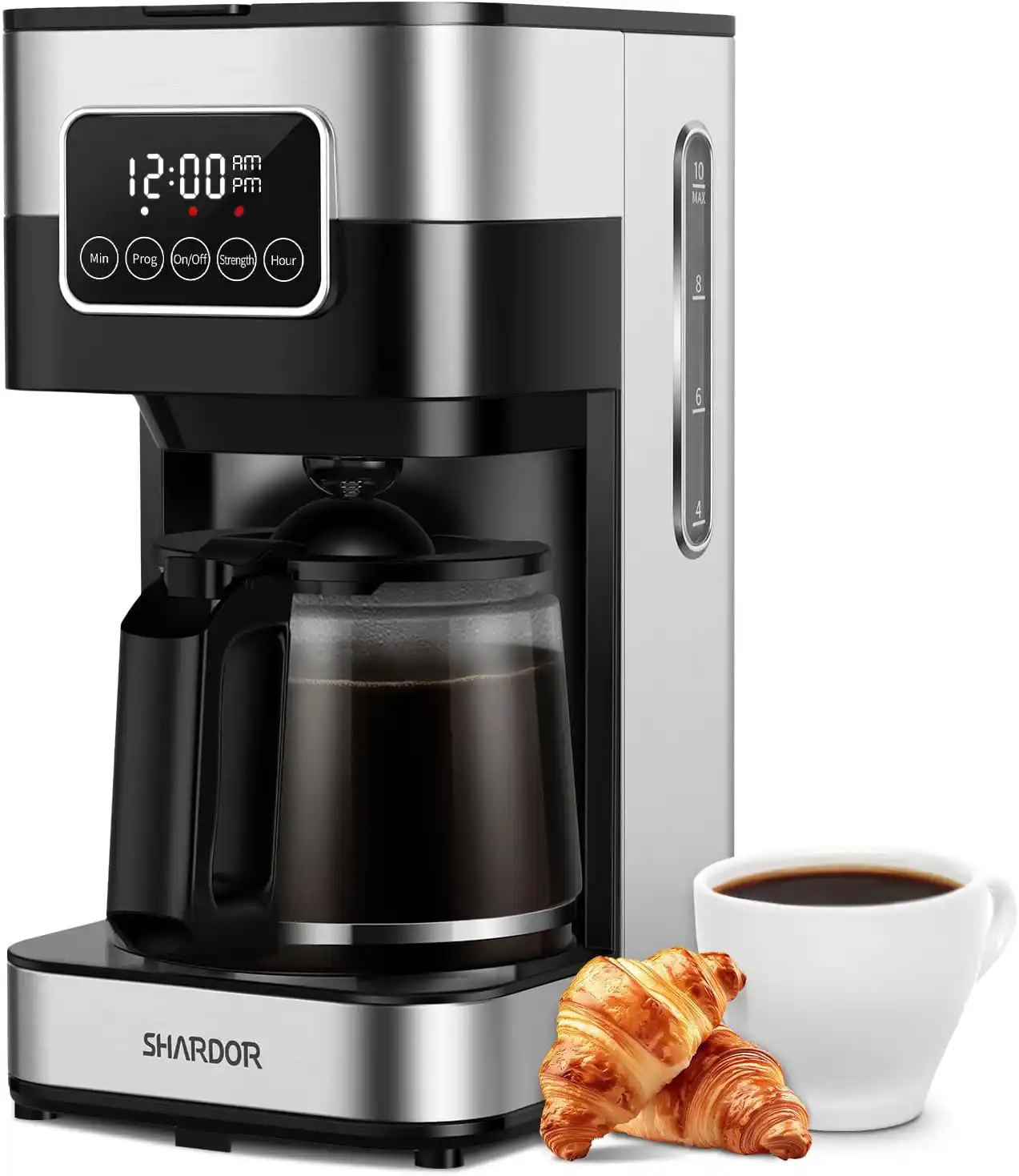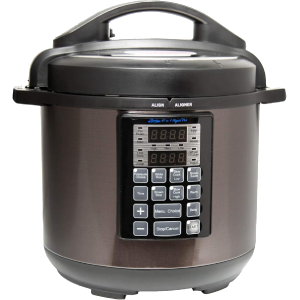The mango sticky rice recipe is a beloved Thai dessert that has captured the hearts of food lovers around the world. This delightful combination of sweet mangoes, creamy coconut sauce, and tender sticky rice creates a symphony of flavors that is both comforting and exotic. Whether you are new to Thai cuisine or a seasoned enthusiast, mastering this classic dessert is a must for anyone who appreciates the subtle beauty of Asian flavors.
What Is Mango Sticky Rice recipe ?
Mango sticky rice, known as “Khao Niew Mamuang” in Thai, is a traditional dessert that features glutinous sticky rice paired with fresh, ripe mango slices and topped with a sweet and salty coconut sauce. The sticky rice, a staple in many Southeast Asian dishes, is cooked until tender and slightly chewy, offering the perfect canvas for the rich coconut sauce and juicy mangoes.
Origin and Cultural Significance
This dessert has deep roots in Thai culture, often served during the peak mango season from April to June. It is a dish that symbolizes abundance and is commonly enjoyed during Thai New Year celebrations, known as Songkran. Beyond its festive associations, mango sticky rice is a comfort food that brings together the best of Thailand’s agricultural products: fragrant rice, coconuts, and tropical fruits.
Ingredients for the Mango Sticky Rice Recipe
Before you begin crafting your mango sticky rice recipe, it’s essential to gather all the necessary ingredients. The success of this dish relies heavily on the quality and freshness of its components.
Essential Ingredients
- Glutinous Rice: Often labeled as sticky rice, this is the foundation of the dish. Ensure you use the right variety for the best results.
- Coconut Milk: Rich and creamy, coconut milk is essential for making the sauce that coats the sticky rice.
- Sugar: Granulated sugar is typically used to sweeten the coconut milk.
- Salt: A pinch of salt enhances the sweetness and balances the flavors.
- Ripe Mangoes: Choose the best-quality mangoes you can find, as they are the star of the dish.
Optional Add-Ons
- Sesame Seeds: Lightly toasted sesame seeds add a nutty flavor and a bit of crunch.
- Mung Beans: Fried mung beans are sometimes used as a garnish for extra texture.
- Pandan Leaves: For an extra aromatic touch, pandan leaves can be added to the sticky rice during cooking.

Choosing the Perfect Mango for Your Mango Sticky Rice Recipe
The choice of mango is crucial in making a delicious mango sticky rice recipe. Not all mangoes are created equal, and selecting the right variety can elevate your dish from good to extraordinary.
Types of Mangoes Best Suited for This Dish
- Nam Dok Mai: A Thai variety that is known for its sweetness and lack of fibers, making it ideal for mango sticky rice.
- Ataulfo: Also known as honey or champagne mango, this variety is creamy, sweet, and has a smooth texture.
- Haden: Slightly tart but still sweet, Haden mangoes add a refreshing contrast to the rich sticky rice.
Tips for Selecting Ripe Mangoes
To select the best mangoes, look for ones that give slightly to pressure when squeezed. The skin should be vibrant and free of dark spots or wrinkles. Smell the stem end of the mango; a fragrant aroma indicates ripeness.
Preparing the Sticky Rice
Sticky rice, also known as glutinous rice, is the heart of the mango sticky rice recipe. Preparing it correctly is key to achieving the perfect texture that makes this dessert so special.
Traditional Sticky Rice Cooking Methods
Traditionally, sticky rice is soaked in water for several hours or overnight, then steamed in a bamboo steamer. This method results in a tender, chewy texture that absorbs the coconut sauce beautifully.
- Soaking: Soak the sticky rice in water for 4 to 6 hours, or overnight.
- Steaming: Drain the soaked rice and transfer it to a bamboo steamer lined with cheesecloth. Steam over boiling water for about 20-30 minutes until the rice is tender and translucent.
Modern Techniques for Cooking Sticky Rice
If you don’t have a bamboo steamer, there are alternative methods:
- Rice Cooker: Some rice cookers have a specific setting for sticky rice. Follow the manufacturer’s instructions for best results.
- Stovetop: You can also cook sticky rice on the stovetop by placing the rice in a heatproof bowl over a pot of boiling water, covered tightly with a lid.
Making the Coconut Sauce
The coconut sauce is what ties the mango sticky rice recipe together, infusing the sticky rice with its rich, sweet flavor.
Ingredients for the Coconut Sauce
- Coconut Milk: 1 cup
- Sugar: 1/3 cup
- Salt: 1/4 teaspoon
- Pandan Leaf (optional): For added aroma
Cooking the Perfect Coconut Sauce
- Combine Ingredients: In a saucepan, combine the coconut milk, sugar, and salt. If using, add the pandan leaf.
- Cook the Sauce: Heat the mixture over medium heat, stirring constantly until the sugar dissolves completely. Be careful not to let the coconut milk boil, as this can cause it to separate.
- Remove from Heat: Once the sugar is dissolved and the mixture is heated through, remove the pandan leaf and set the sauce aside.
Assembling the Mango Sticky Rice
Now that all the components are ready, it’s time to assemble your mango sticky rice recipe.
Layering the Sticky Rice and Mango
- Arrange the Sticky Rice: Place a portion of the sticky rice on a plate or in a shallow bowl.
- Add the Mango Slices: Arrange the mango slices beside the sticky rice, fanning them out for an elegant presentation.
Drizzling the Coconut Sauce
Generously drizzle the coconut sauce over the sticky rice. Some of the sauce will soak into the rice, making it even more flavorful, while the rest will pool around the rice for extra richness.
Serving and Garnishing Your Mango Sticky Rice
Presentation is an important part of Thai cuisine, and this applies to the mango sticky rice recipe as well.
Traditional Thai Presentation Styles
In Thailand, mango sticky rice is often served on a banana leaf, which adds a touch of authenticity and enhances the dish’s visual appeal. The sticky rice is shaped into a small mound, and the mango is sliced and fanned out next to it. A sprinkle of toasted sesame seeds or mung beans adds a contrasting texture.
Creative Garnishing Ideas
- Edible Flowers: Add a touch of color with edible flowers like orchids or jasmine.
- Mint Leaves: A sprig of fresh mint adds a refreshing aroma and a pop of green.
- Coconut Flakes: Toasted coconut flakes can be sprinkled on top for extra flavor.

Nutritional Information and Health Benefits
While the mango sticky rice recipe is a dessert, it does offer some nutritional benefits, especially when made with high-quality ingredients.
Calories and Nutrient Breakdown
- Calories: A typical serving of mango sticky rice contains around 300-400 calories, depending on portion size.
- Carbohydrates: The sticky rice is rich in carbohydrates, providing a quick energy boost.
- Vitamins: Mangoes are a great source of vitamins A and C, both of which are important for skin health and immune function.
- Healthy Fats: Coconut milk provides healthy fats, which are important for brain function and energy.
Health Benefits of Mangoes and Sticky Rice
- Antioxidants: Mangoes are packed with antioxidants that help fight free radicals and reduce inflammation.
- Fiber: Both mangoes and sticky rice contain dietary fiber, which supports digestive health.
- Electrolytes: The salt in the coconut sauce provides a small amount of sodium, which can help maintain electrolyte balance, especially in hot weather.
Common Mistakes to Avoid When Making Mango Sticky Rice
Even with a straightforward mango sticky rice recipe, there are a few pitfalls that can affect the outcome.
Overcooking the Sticky Rice
Overcooked sticky rice can become mushy and lose its signature chewy texture. To avoid this, be sure to monitor the steaming process closely and check the rice frequently.
Using Unripe Mangoes
Unripe mangoes are firm and lack the sweetness that makes this dessert so special. Always use fully ripe mangoes that are soft to the touch and fragrant.
Variations of Mango Sticky Rice Recipe
While the classic mango sticky rice recipe is delicious on its own, there are several variations you can try to add a new twist to this traditional dish.
Mango Sticky Rice with Different Fruits
- Pineapple Sticky Rice: Substitute the mango with fresh pineapple for a tangy twist.
- Banana Sticky Rice: Use slices of ripe banana for a creamier texture.
- Mixed Fruit Sticky Rice: Combine mango with other tropical fruits like papaya or dragon fruit for a colorful dessert.
Vegan and Health-Conscious Alternatives
- Brown Sticky Rice: For a healthier option, use brown glutinous rice instead of white.
- Low-Sugar Coconut Sauce: Reduce the amount of sugar in the coconut sauce or use a natural sweetener like honey or maple syrup.
Tips for Making the Perfect Mango Sticky Rice Recipe Every Time
Consistency is key when making the mango sticky rice recipe. Here are some tips to ensure success with every batch.
Best Practices for Rice Preparation
- Soak the Rice: Soaking the sticky rice is crucial for achieving the right texture. Don’t skip this step!
- Use the Right Equipment: A bamboo steamer is ideal for cooking sticky rice, but a rice cooker or stovetop method can work in a pinch.
Ensuring the Coconut Sauce is Flawless
- Stir Constantly: When cooking the coconut sauce, stir constantly to prevent it from curdling.
- Taste as You Go: Adjust the sweetness and saltiness of the sauce to suit your personal taste preferences.
Storing and Reheating Leftover Mango Sticky Rice
If you find yourself with leftover mango sticky rice, you can store it and enjoy it later without compromising too much on flavor and texture.
Best Storage Practices
- Refrigeration: Store the sticky rice and coconut sauce separately in airtight containers in the refrigerator for up to 3 days.
- Mangoes: Fresh mango slices should be stored in the refrigerator and used within 1-2 days for the best quality.
Reheating Tips to Maintain Freshness
- Microwave: Reheat the sticky rice in the microwave with a damp paper towel over it to retain moisture.
- Stovetop: Warm the sticky rice on the stovetop with a splash of water or coconut milk to refresh its texture.
Pairing Mango Sticky Rice with Other Dishes
The mango sticky rice recipe can be the star of a meal, but it also pairs beautifully with other Thai dishes.
Complementary Thai Dishes
- Thai Green Curry: The sweetness of mango sticky rice complements the spicy and savory flavors of Thai green curry.
- Pad Thai: A serving of mango sticky rice is a perfect dessert after a plate of flavorful Pad Thai.
Beverage Pairings
- Thai Iced Tea: The creamy, sweet flavor of Thai iced tea pairs well with the rich coconut sauce.
- Coconut Water: Keep things light and refreshing with a glass of chilled coconut water.
Mango Sticky Rice in Thai Culture and Festivals
Understanding the cultural significance of the mango sticky rice recipe adds another layer of appreciation to this beloved dessert.
Significance During Thai New Year (Songkran)
During Songkran, the Thai New Year festival in April, mango sticky rice is often enjoyed as a festive treat. It symbolizes abundance and prosperity for the year ahead.
Other Occasions Where Mango Sticky Rice is Served
Mango sticky rice is also commonly served during other Thai celebrations, such as weddings and religious ceremonies. It’s a dish that brings people together, reflecting the communal and joyous spirit of Thai culture.
The mango sticky rice recipe is more than just a dessert; it’s a celebration of Thailand’s rich culinary heritage. With the right ingredients, techniques, and a bit of patience, you can create a dish that is both simple and sublime, offering a taste of Thailand’s vibrant culture in every bite.
This mango sticky rice recipe provides a delightful combination of flavors and textures that is sure to impress. Whether you’re making it for a special occasion or just to satisfy your sweet tooth, this dish is a wonderful way to explore the flavors of Thailand from the comfort of your own kitchen. Enjoy!
Frequently Asked Questions
No, regular rice does not have the same chewy texture that is essential for mango sticky rice.
Yes, the coconut sauce can be made a day in advance and stored in the refrigerator.
You can use honey, maple syrup, or a sugar substitute like stevia for a healthier version.
Yes, sticky rice is naturally gluten-free, making this dessert suitable for those with gluten sensitivities.
The recipe is already vegan, as it uses coconut milk instead of dairy.

Mango Sticky Rice Recipe Authentic Thai Dessert
- Total Time: 35 minutes (excluding soaking time)
Description
Mango Sticky Rice is a classic Thai dessert made with sweet, creamy coconut milk poured over glutinous rice and served with fresh, ripe mango slices. It’s a perfect balance of sweet, creamy, and fruity flavors.
Ingredients
For the Sticky Rice:
- 1 ½ cups glutinous rice (sticky rice)
- 1 ¾ cups water (for steaming)
- 1 cup coconut milk
- ⅓ cup sugar
- ½ tsp salt
For the Coconut Sauce:
- ½ cup coconut milk
- 2 tbsp sugar
- ¼ tsp salt
For Serving:
- 2 ripe mangoes, peeled and sliced
- Optional: Toasted sesame seeds or mung beans for garnish
Instructions
Prepare the Sticky Rice:
- Rinse the glutinous rice under cold water until the water runs clear.
- Soak the rice in water for at least 4 hours or overnight.
- Drain the rice and steam it in a bamboo steamer or a regular steamer for 20-25 minutes, or until the rice is tender and translucent.
Make the Coconut Sauce for the Rice:
- In a saucepan, combine 1 cup coconut milk, sugar, and salt. Heat over medium heat until the sugar dissolves. Do not boil.
- Once the rice is cooked, transfer it to a bowl and pour the warm coconut mixture over it. Stir gently to combine. Let it sit for 15-20 minutes to absorb the flavors.
Prepare the Coconut Topping Sauce:
- In a separate saucepan, combine ½ cup coconut milk, sugar, and salt. Heat until the sugar dissolves and the mixture thickens slightly. Set aside.
Assemble the Dish:
- Slice the mangoes and set aside.
- Place a portion of the sticky rice on a plate, add mango slices alongside, and drizzle the coconut topping sauce over the rice.
- Garnish with toasted sesame seeds or mung beans if desired.
- Prep Time: 10 minutes (plus soaking time for rice)
- Cook Time: 25 minutes
- Category: Dinner
- Cuisine: Americans
Keywords: Mango Sticky Rice Recipe Authentic Thai Dessert












